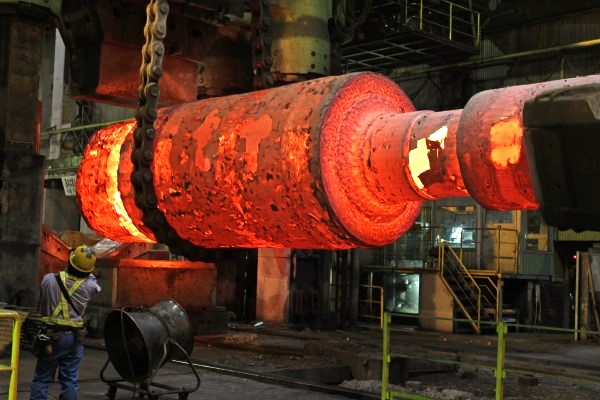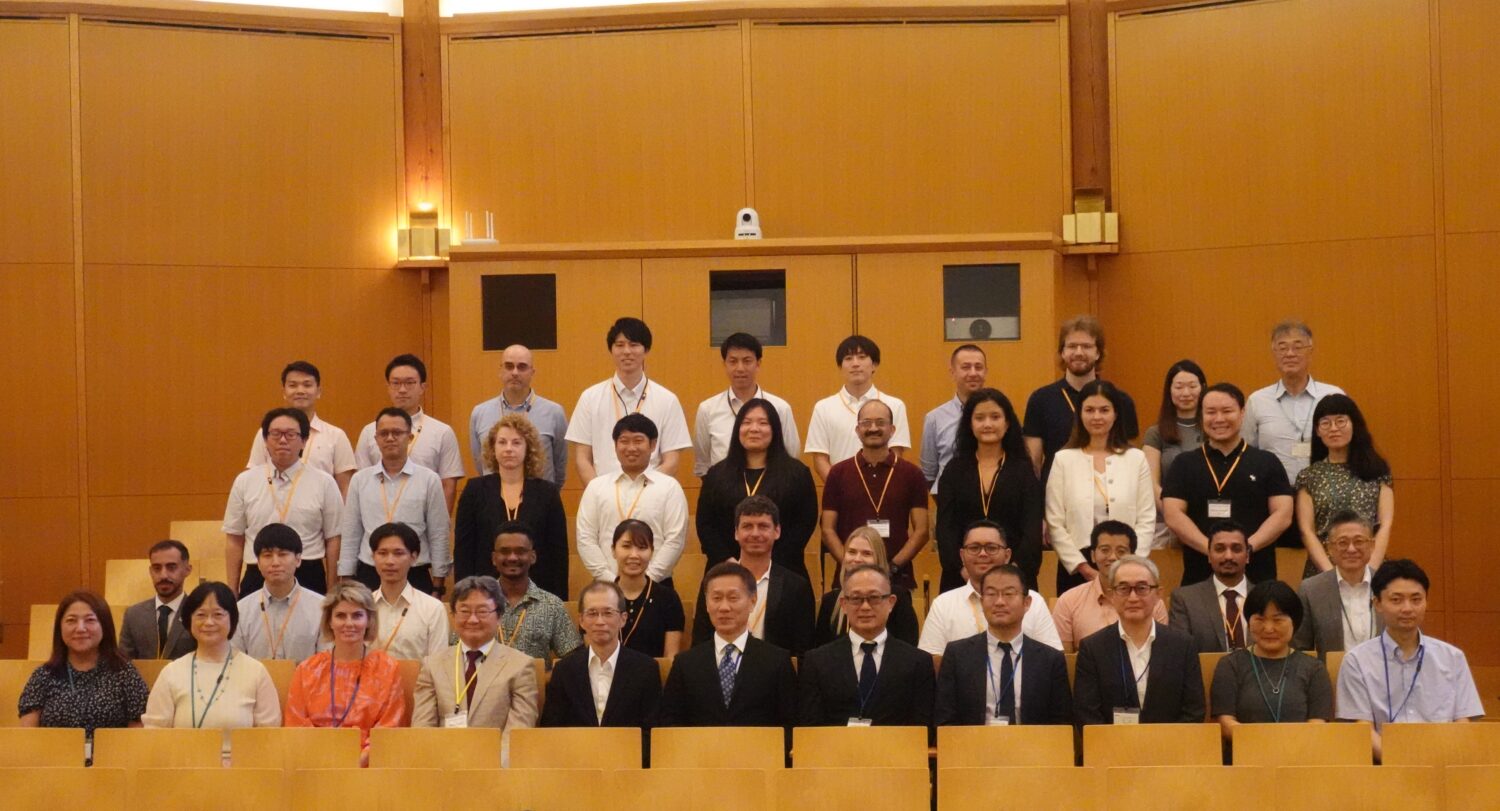The Japan Atomic Energy Agency (JAEA) has been engaged in R&D on reactor heat utilization, including a series of safety verification tests using its High-Temperature Engineering Test Reactor (HTTR), in Oarai Town (Ibaraki Prefecture). Currently, the HTTR is shut down for examinations by the Nuclear Regulation Authority (NRA) to confirm its compatibility with the new regulatory standards.
In his message, the JAIF president said that he hoped that operations would be resumed as soon as possible and build momentum for Japan’s effort to commercialize an advanced reactor using domestic technology.
Reporters at the press briefing cited discussions at the Advisory Committee for Natural Resources and Energy, citing difficulties in commercializing HTGRs. Takahashi responded by first mentioning his interest in the inherent safety of HTGRs compared with that of light-water reactors (LWRs), in the context of the accident at Fukushima Daiichi.
He then emphasized the significance of HTGRs by citing a case of the usage of Japanese technology for heat utilization in Poland. The safety characteristics include the use of inert helium as the coolant—eliminating the possibility of a hydrogen explosion—and highly thermal resistant ceramics for fueling cladding, keeping the fuel from melting.
The draft of the national Strategic Energy Plan that was finalized recently notes the inherent safety of HTGRs, adding that the difficulties in their future development can be tackled through international cooperation, taking trends overseas into account. It further refers to diverse types of industrial utilization, including the production of hydrogen.
In reference to securing adequate human resources, another reporter at the briefing asked how students not now majoring in nuclear subjects could be attracted to the field. Takahashi said that the value of nuclear power and the rewards of working in the field would be conveyed to young people, adding that the HTGR should be an appealing example.
When asked about nuclear technology could be maintained, the JAIF president referred to the recent acceptance of an order by a major domestic steel forging manufacturer. He said that technology deteriorates “if nothing has been manufactured for 20 years,” and that manufacturing skills and techniques “cannot be maintained without actually making things.”
Having expressed his strong concerns, Takahashi concluded his remarks by saying that he expected that the capabilities of Japanese technology would be exerted in projects overseas.















